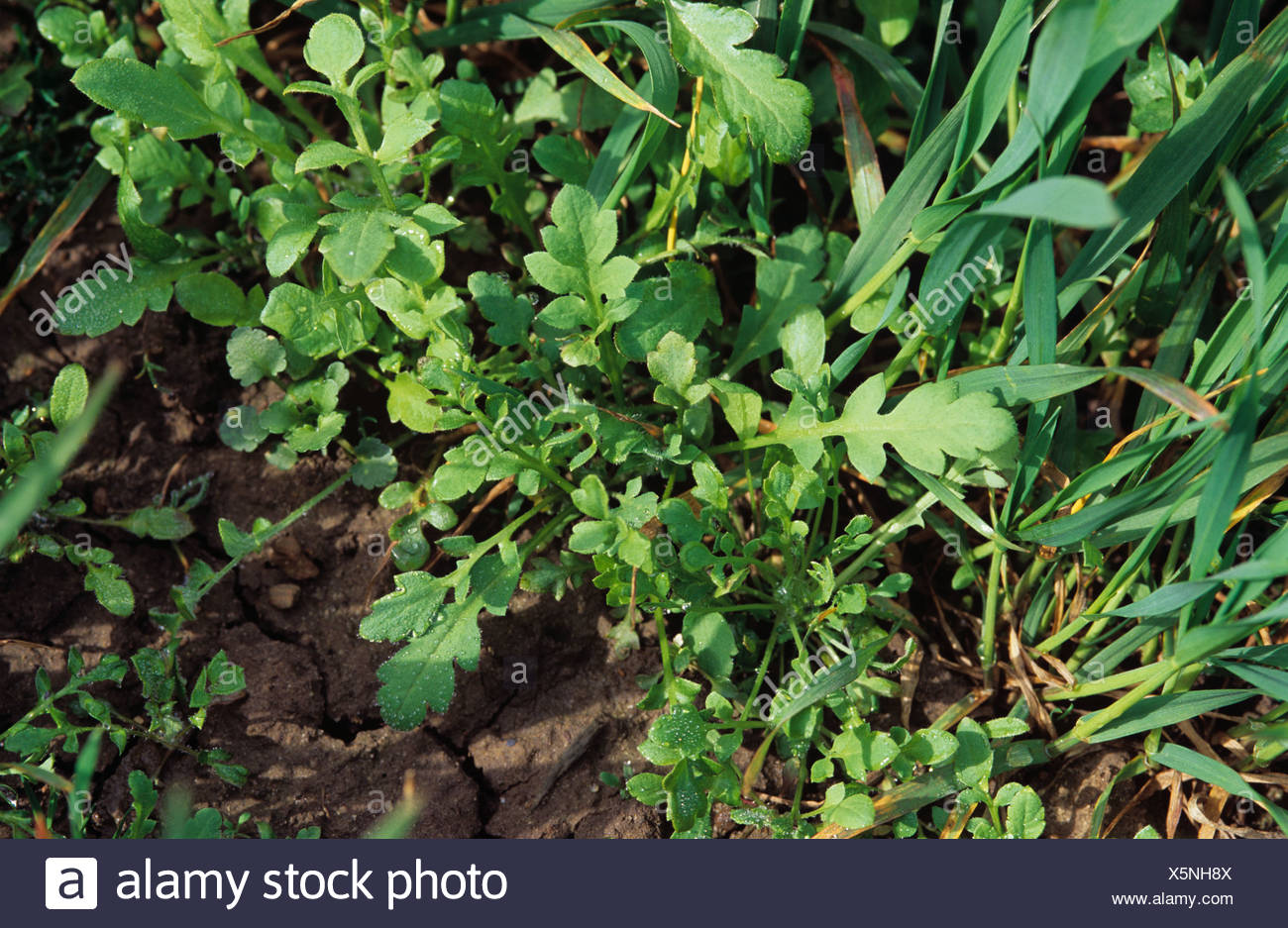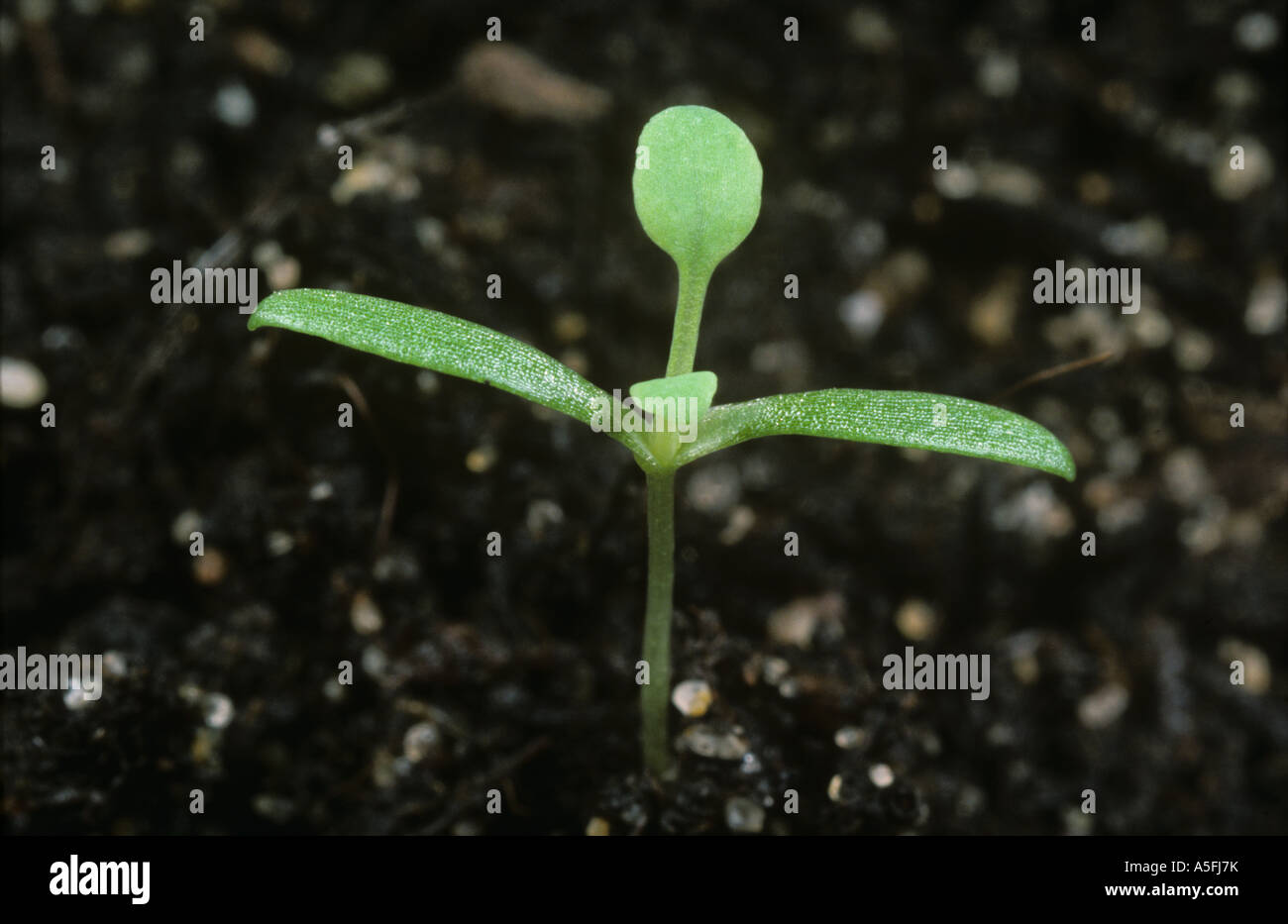



Poppy seeds will take between seven to 30 days to germinate depending on the variety and conditions. (Image credit: Leigh Clapp) Caring for poppies as they grow They need part-shade in a sheltered spot with humus-rich, moist, but well-drained, slightly alkaline to slightly acidic soil with plenty of organic matter. They do best in cooler and wetter areas and struggle in warmer regions, although it is still possible to grow them if you can provide the right conditions in a woodland garden setting or shaded bed. The gorgeous blue poppies, meconopsis, however, have particular needs. Welsh poppies are easy to grow in part shade with neutral to slightly acidic, moist, well-drained soil and prefer areas with cool, damp summers. 'Sear their stem ends in boiling water for 5 seconds and even the most ethereal will last for a party,' adds Sarah Raven. 'We love arranging them with the blowsy heads of shrub roses – the poppy heads are like butterflies floating above the roses,' say Henrietta Courtauld and Bridget Elworthy of The Land Gardeners. If you are planning a cut flower garden, there are some varieties of poppies well suited to cutting – they are striking in the vase, even if just for a few days. Flower colors of some poppies can fade in too much direct sunlight. If your garden has more intense heat, plant poppies in part shade. That said, you need to also ensure that the temperature isn’t too hot, as this can damage healthy growth. The perennial poppies need feeding and space to grow then die back,” explains Paul Cook, curator at RHS Harlow Carr. 'Avoid competition: annual poppies need open areas with plenty of sun to germinate. Field and opium poppies tolerate drier, poorer soils than the oriental types, which like deep fertile well-drained soil. Generally, poppies need an open, sunny position with at least six hours of sunlight a day, in well-drained acidic, alkaline, or neutral soil. The best place to grow poppies will also vary with the poppy species, so check the packet or container instructions. (Image credit: Alamy Stock Photos/Deborah Vernon) Where to grow poppies Regularly remove any weeds that threaten to encroach on your young poppy plants. 'Keep the soil damp as the seeds germinate, watering using a can with a fine rose attached.' 'When the seedlings emerge, remove some of the plants to give the others space in which to develop,' says Graham Rice, a gardening expert for Homes & Gardens. You don’t need to cover the seeds, just press them down, but do protect the area from birds. Sow thinly in rows – the seed packet will provide guidance on spacing. You might find it easier to place them evenly using a seed sower like this Gostur Sowing Seed Dispenser Hand Tool on Amazon. Poppy seeds are tiny and fiddly so take a small pinch at a time and sprinkle widely, some people mix them with a bit of sand for ease. Prepare the soil before sowing by clearing all weeds, raking the ground level to a fine tilth, spraying finely with water, and then scattering the seed thinly to form natural drifts. Sow annual and biennial poppy seeds directly to where they are going to flower as they don’t like root disturbance.
#Cornfield poppy seedlings how to#
(Image credit: Leigh Clapp) How to sow poppy seeds


 0 kommentar(er)
0 kommentar(er)
